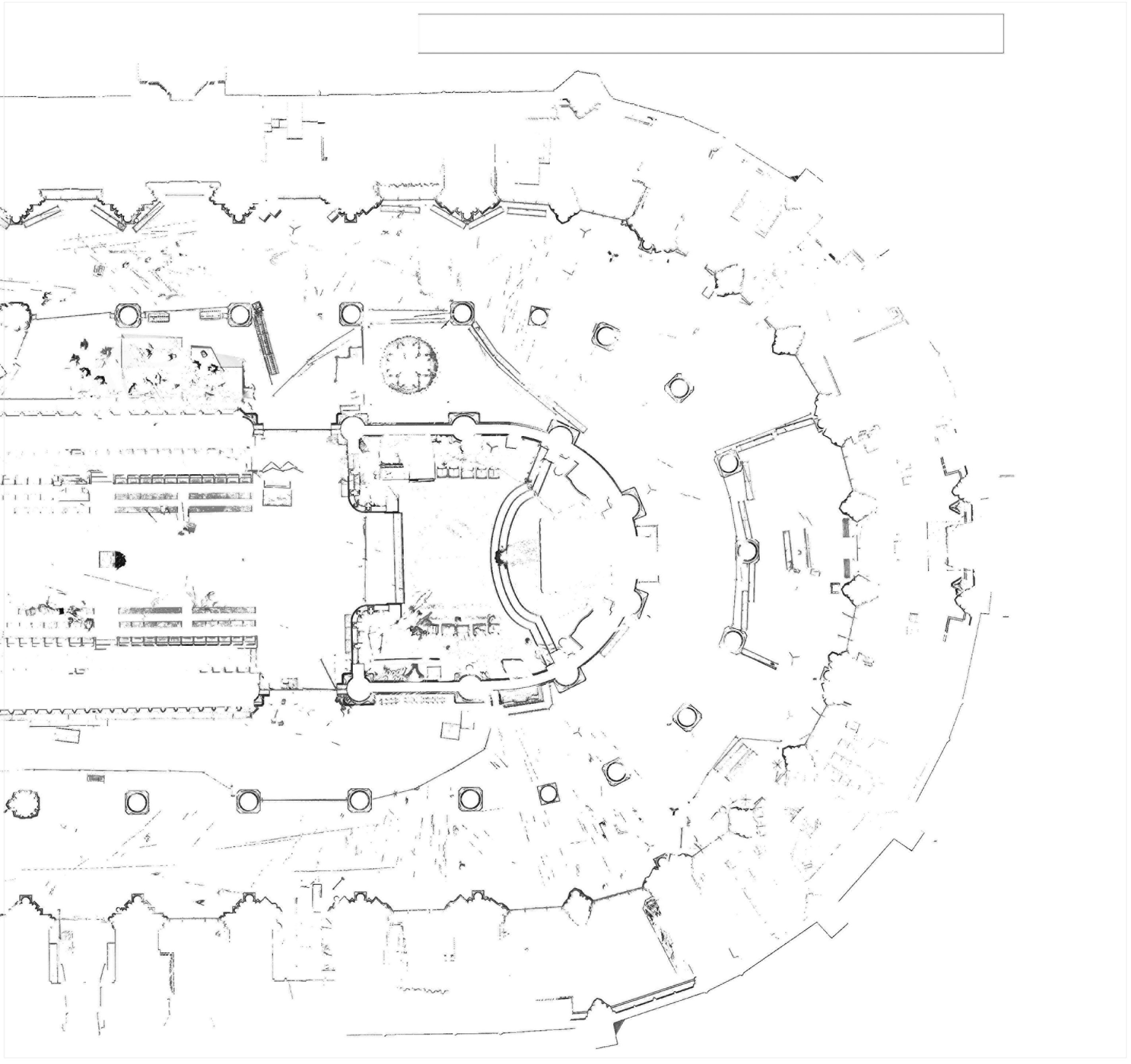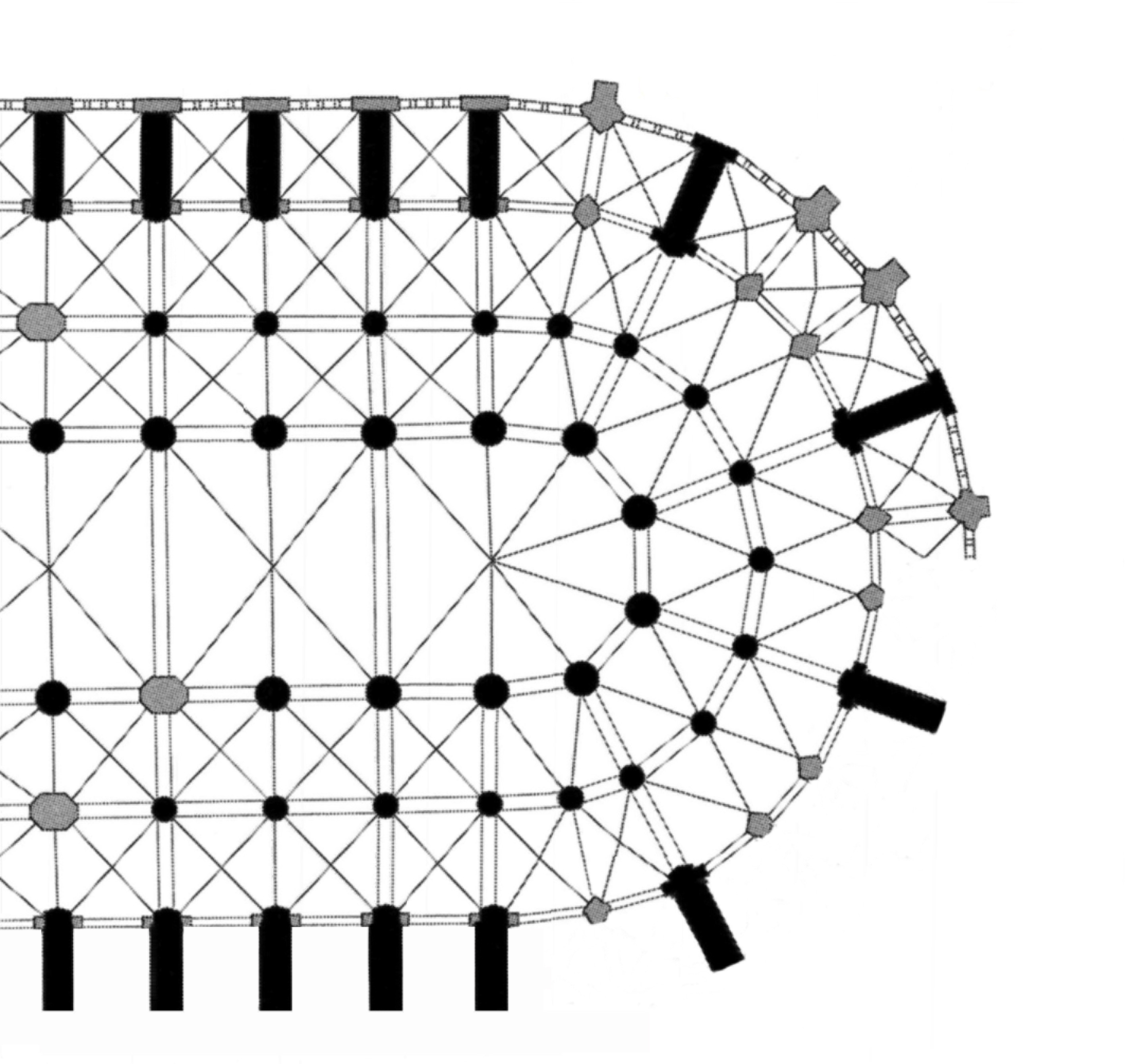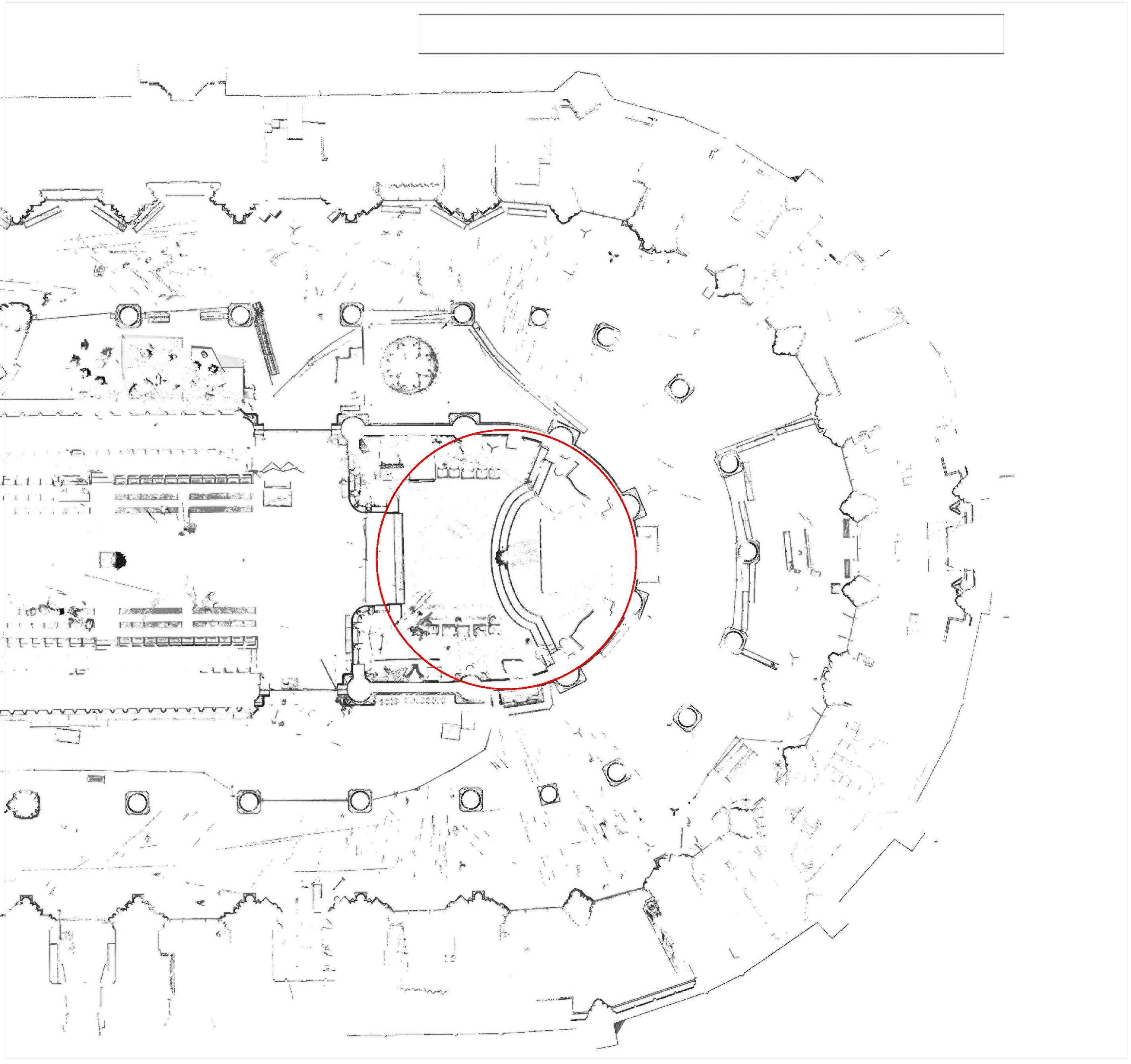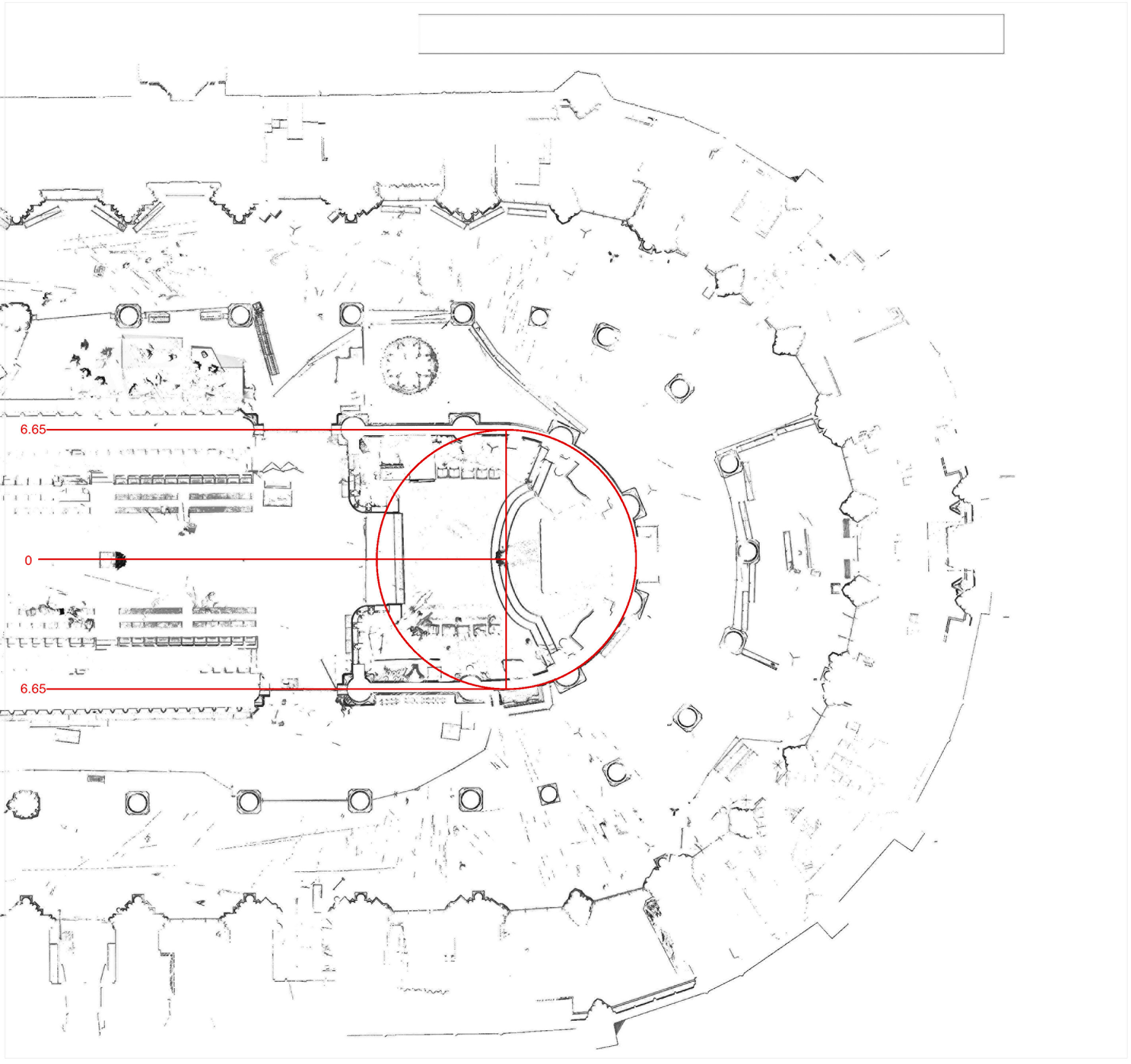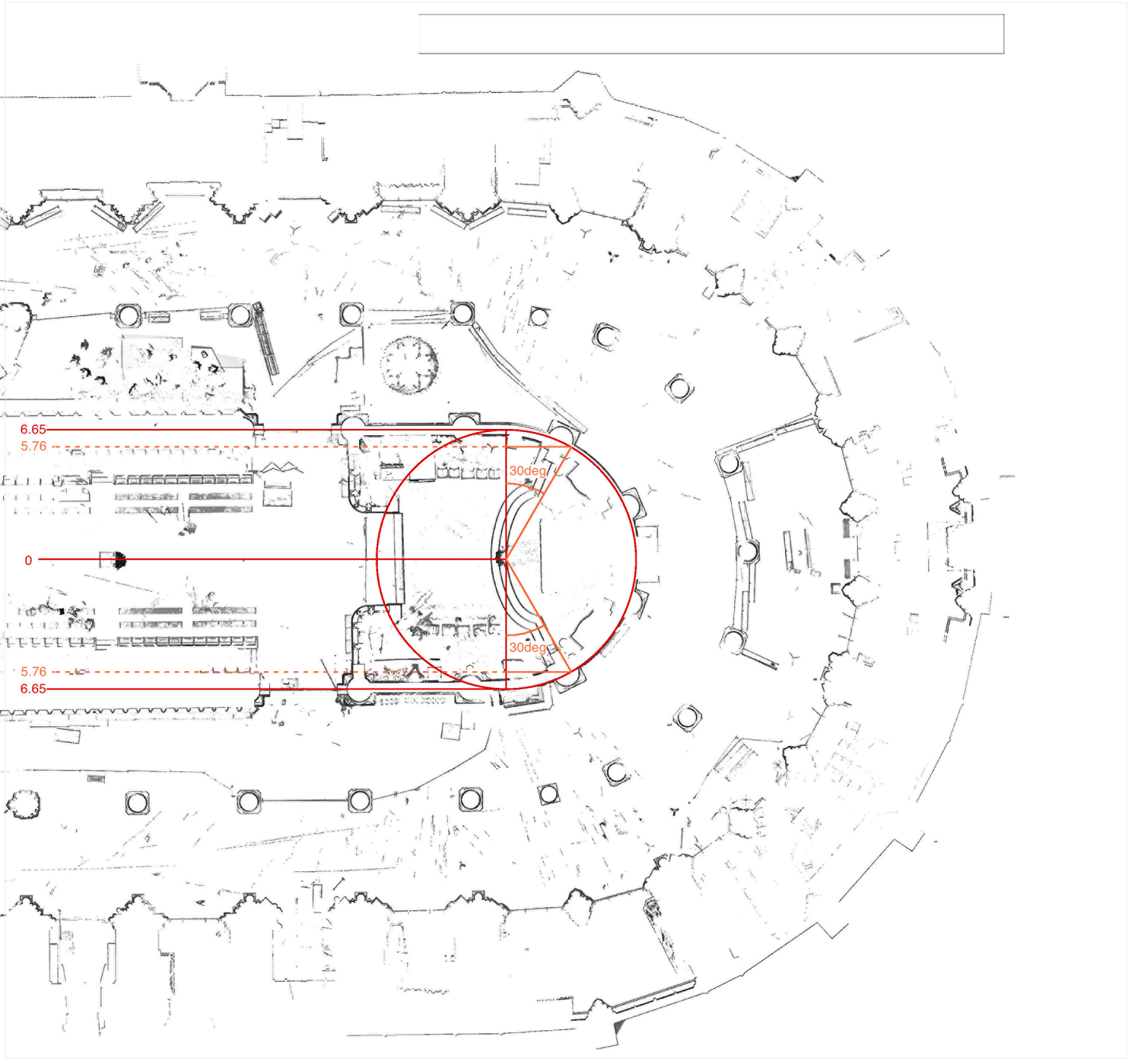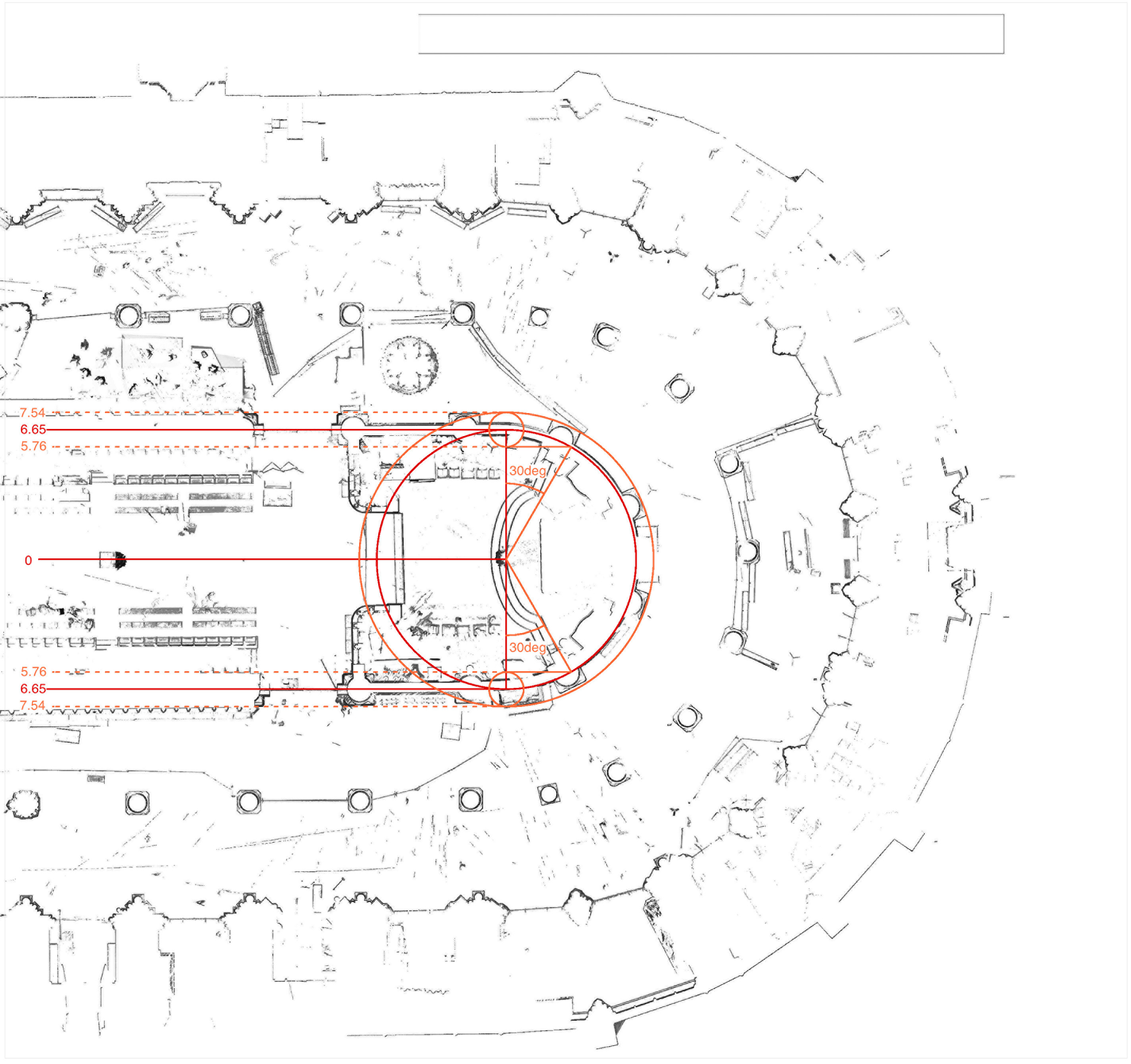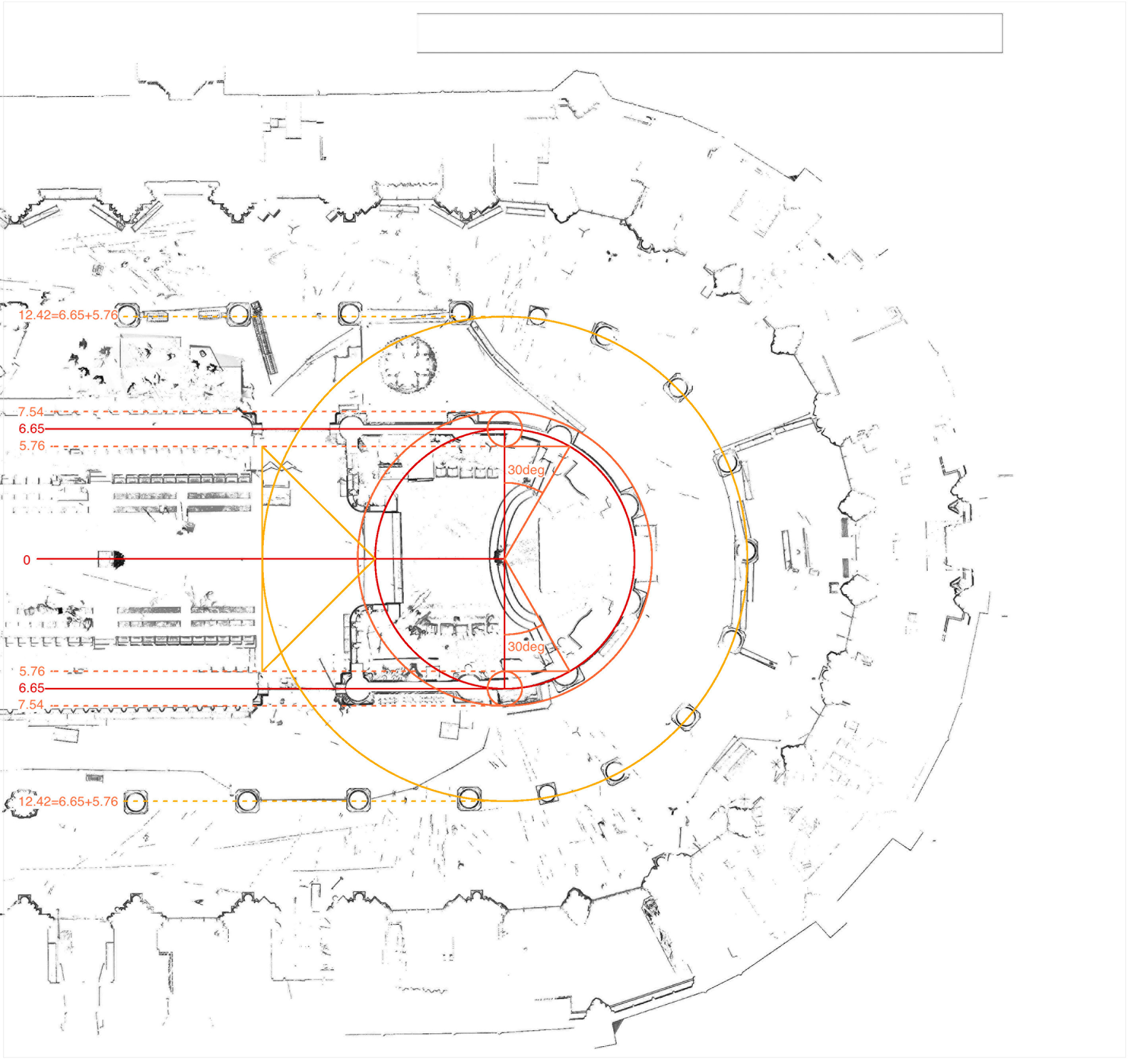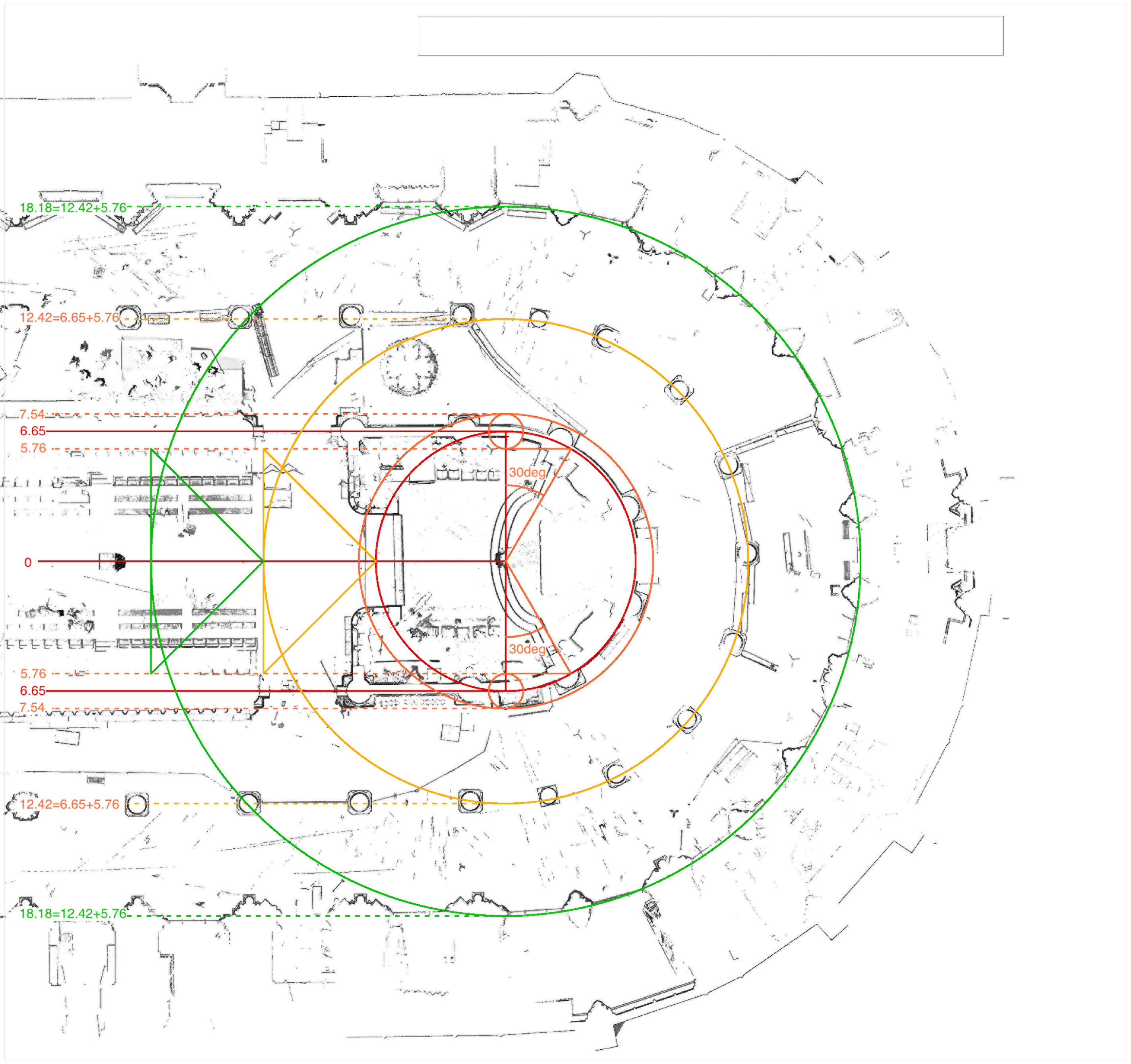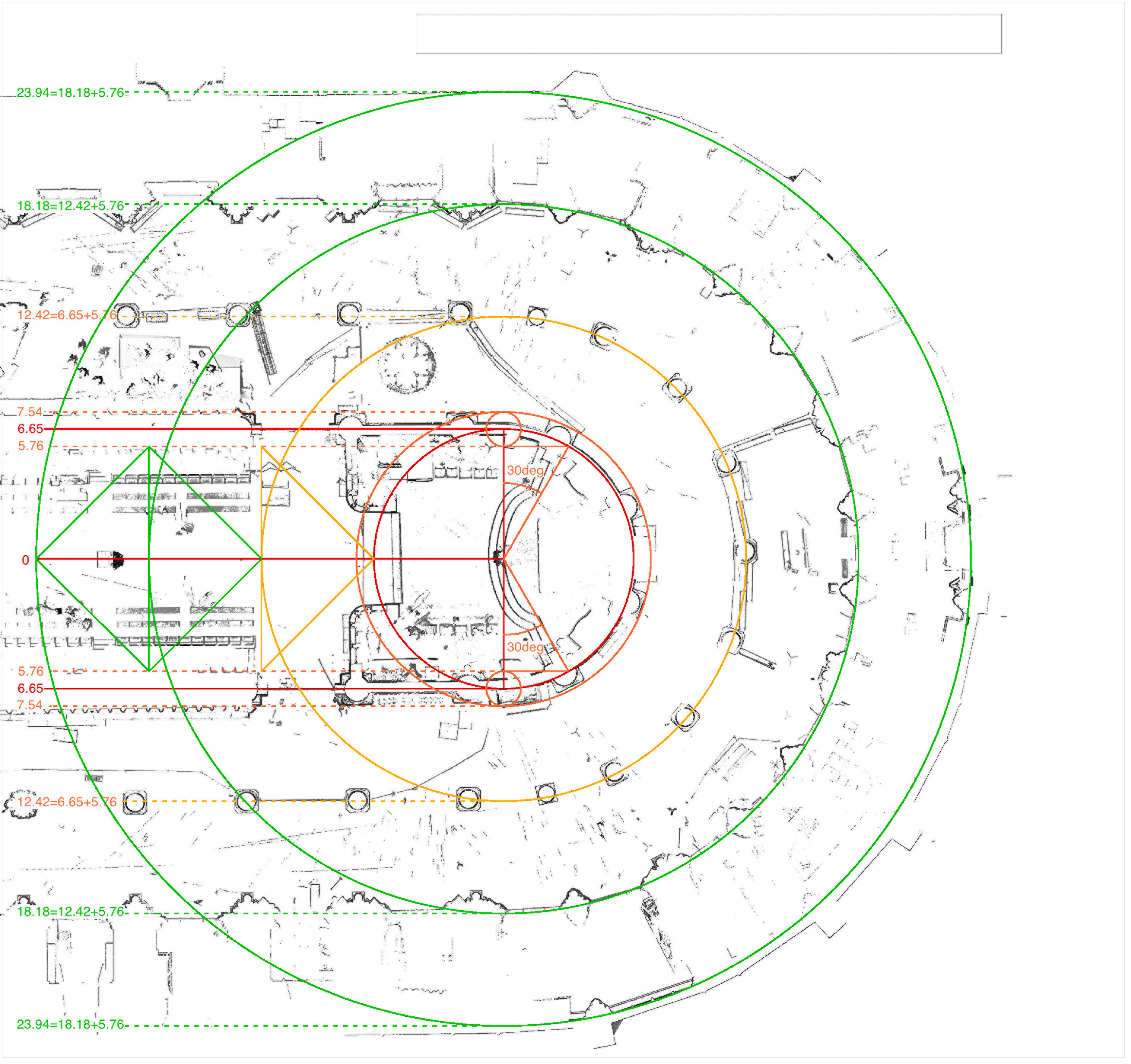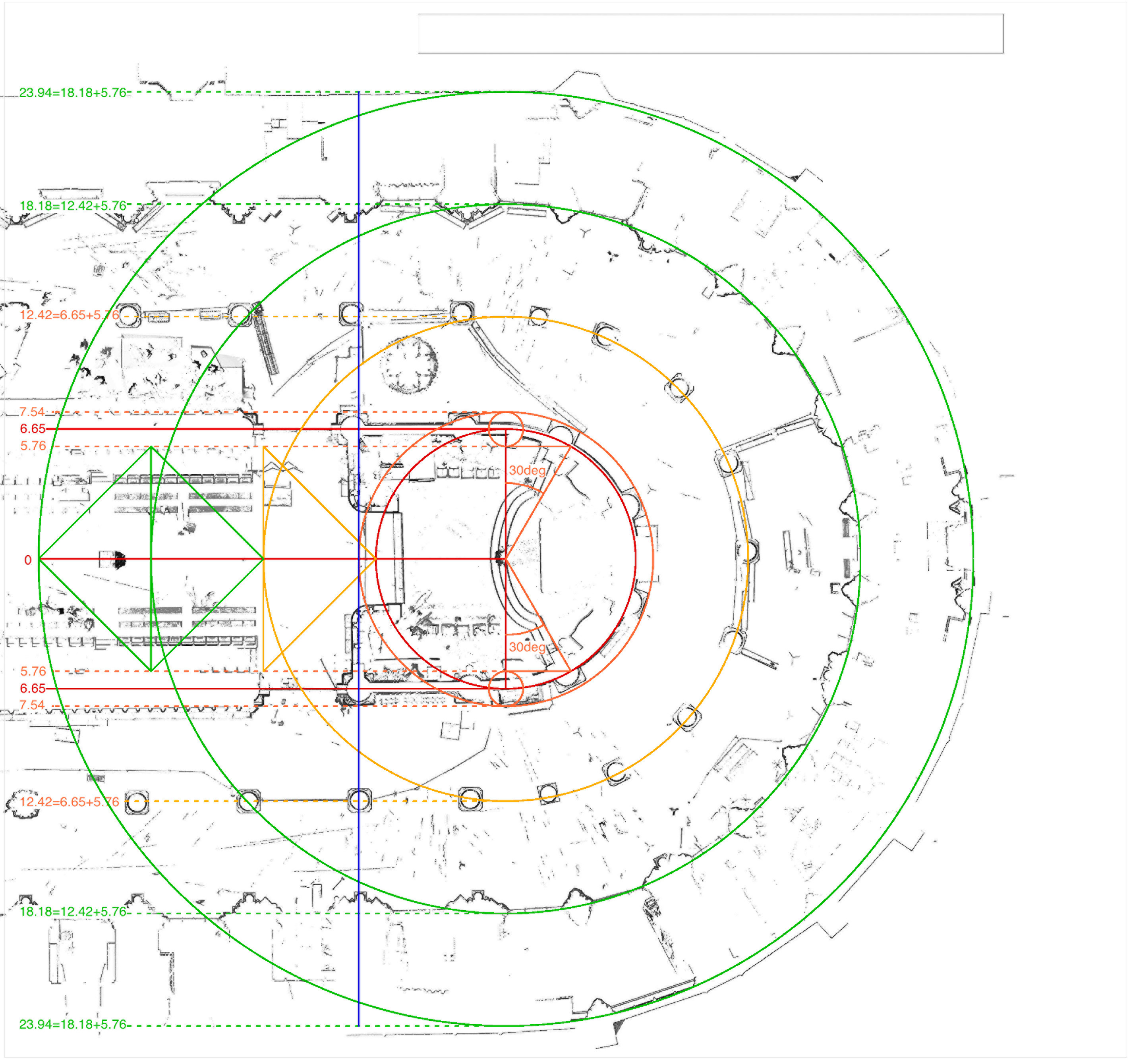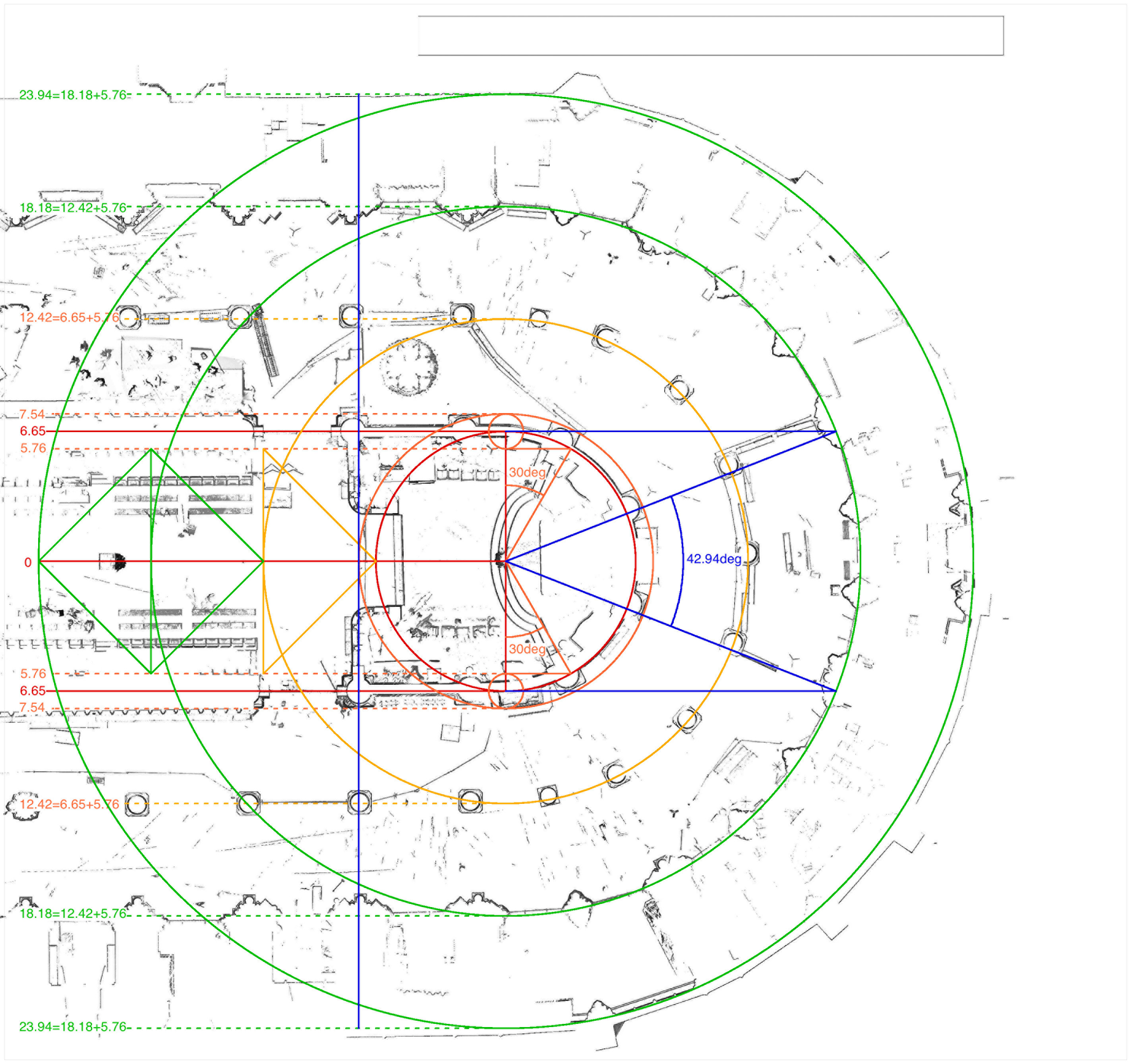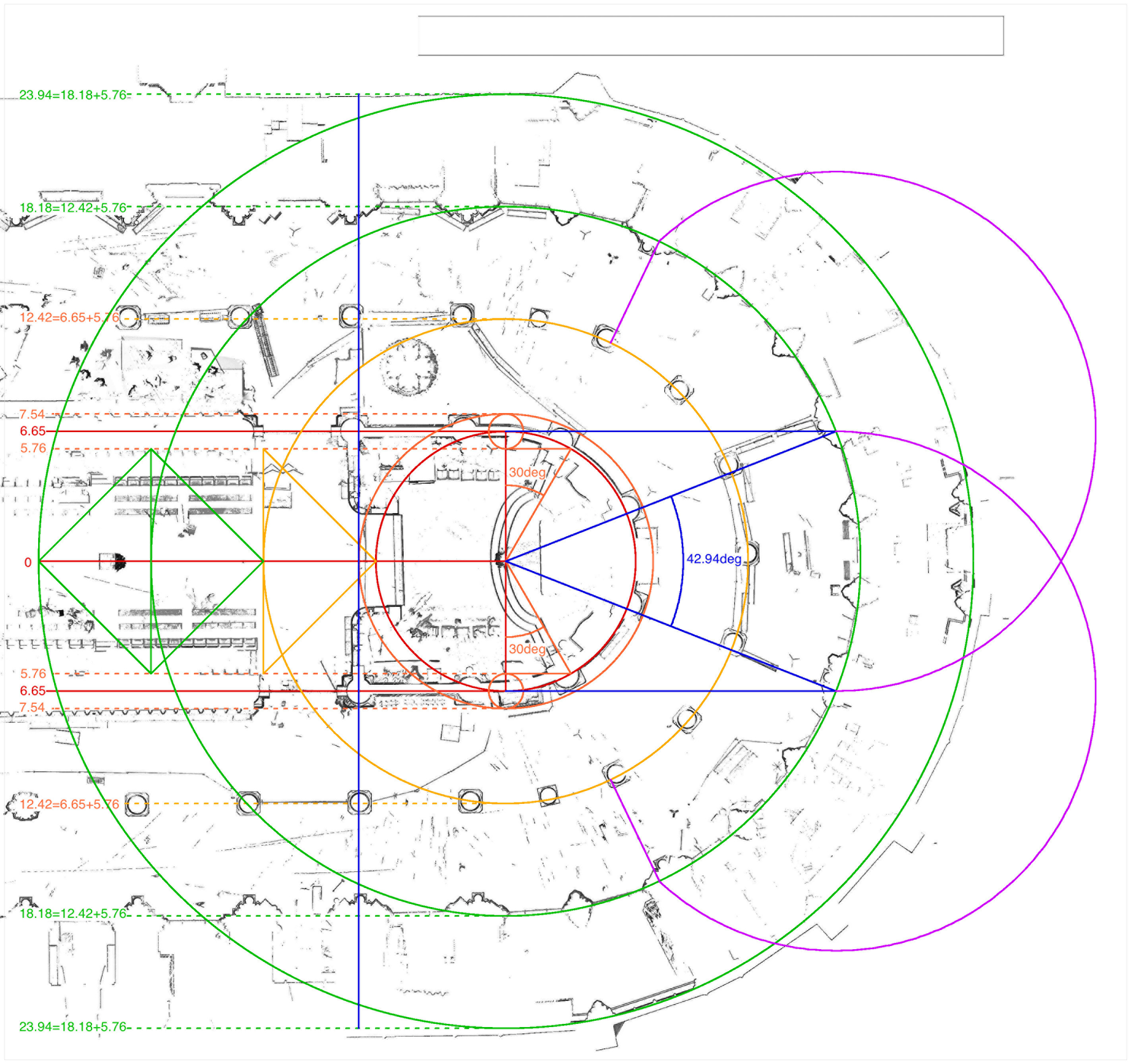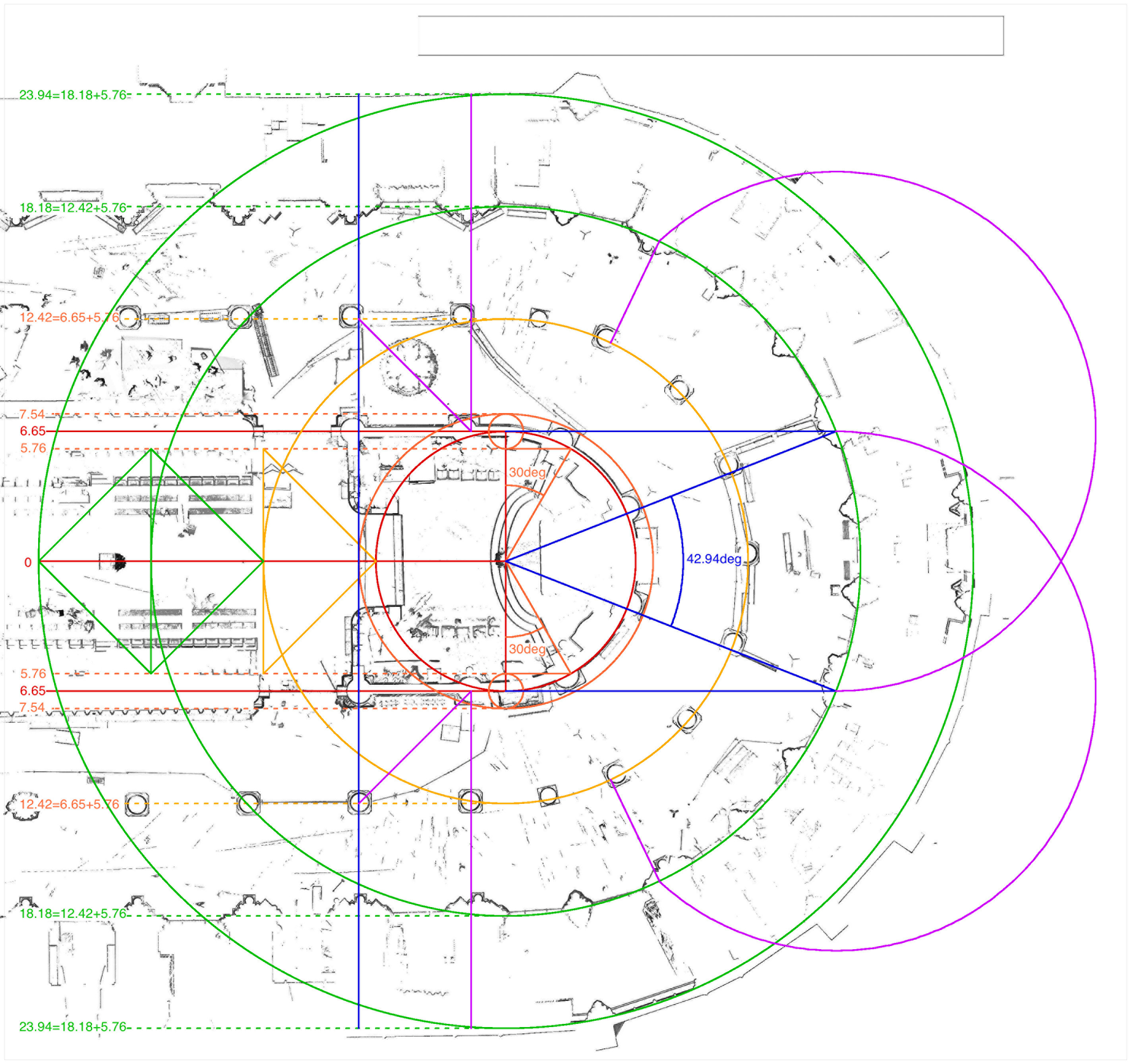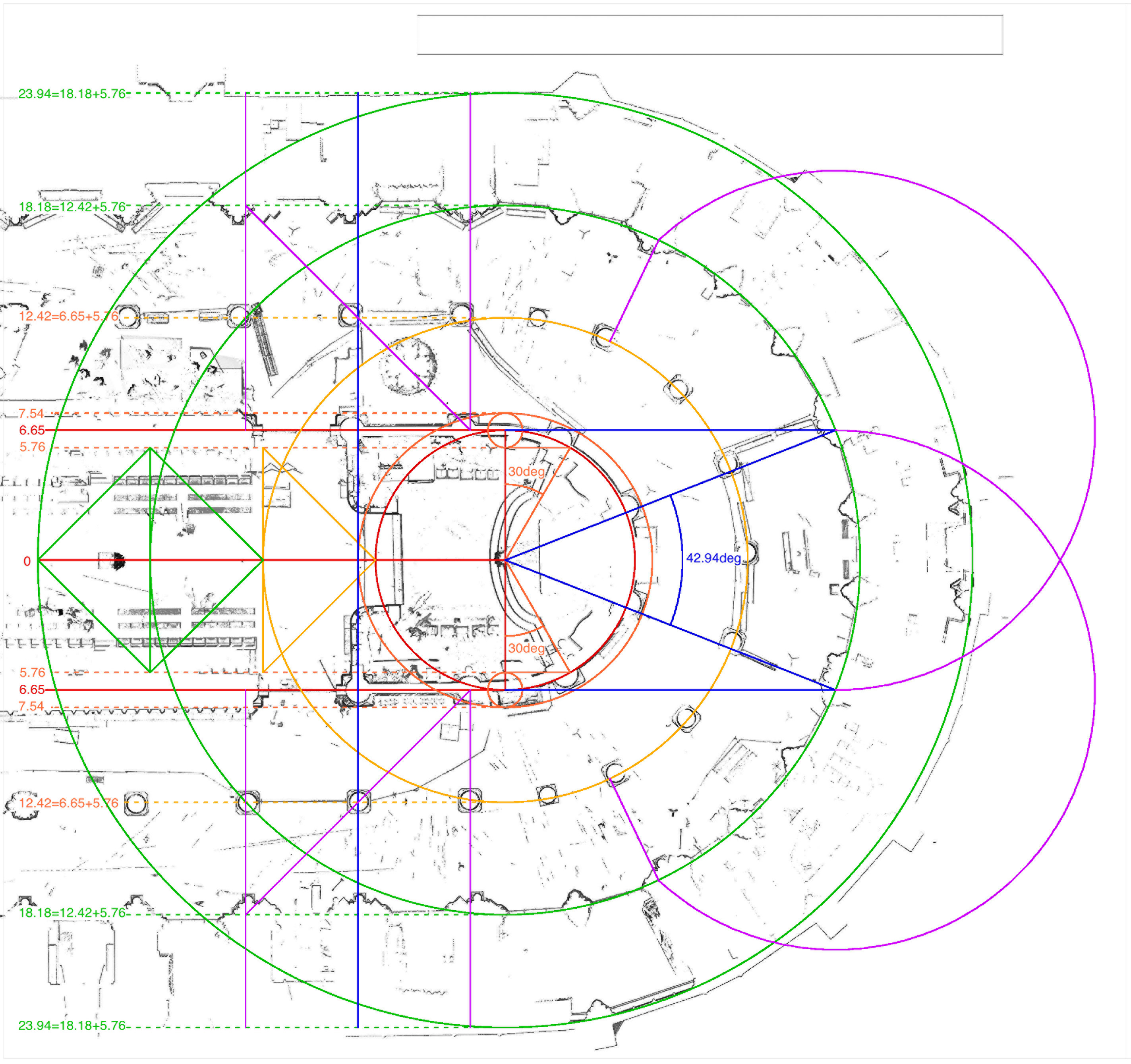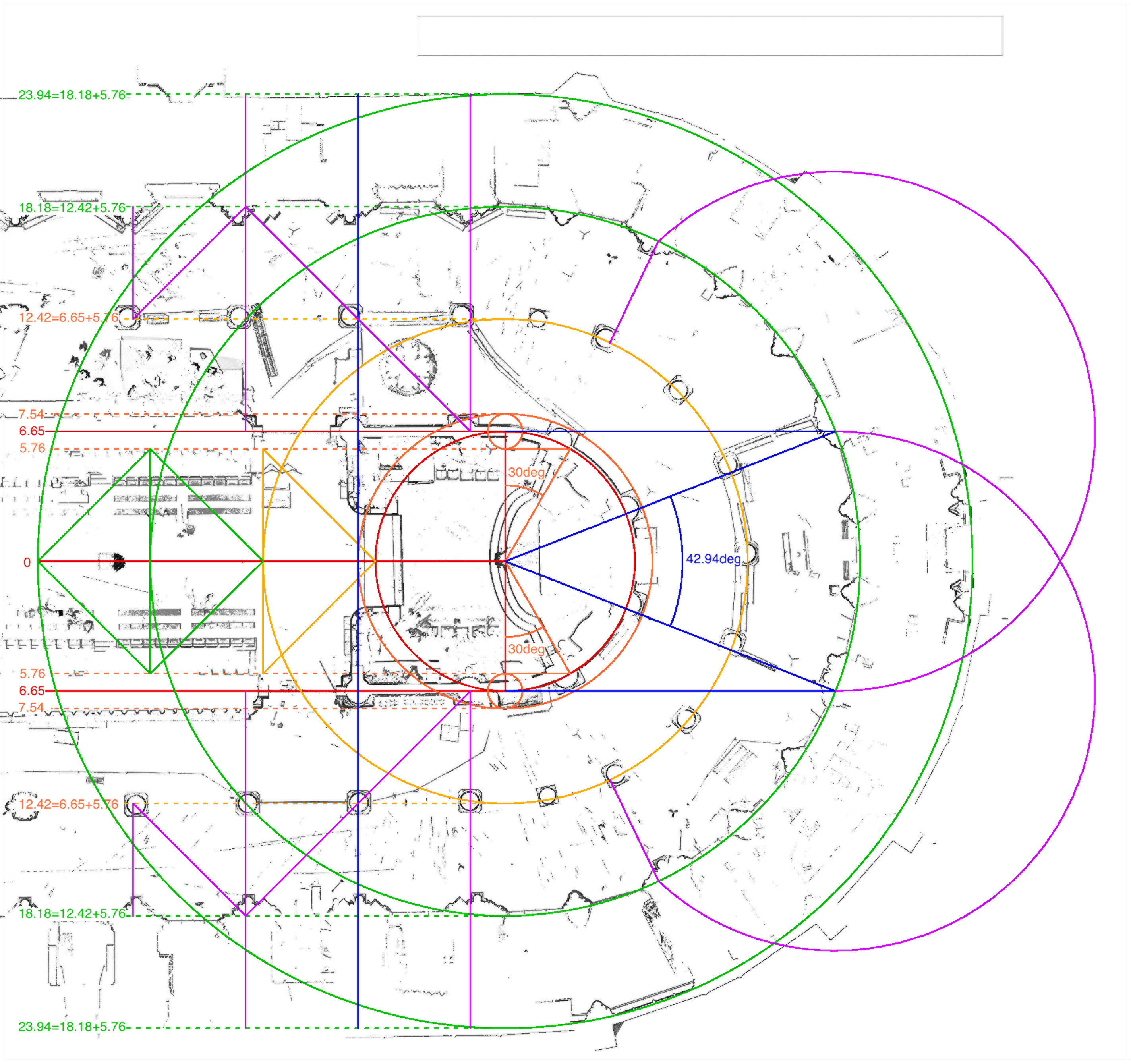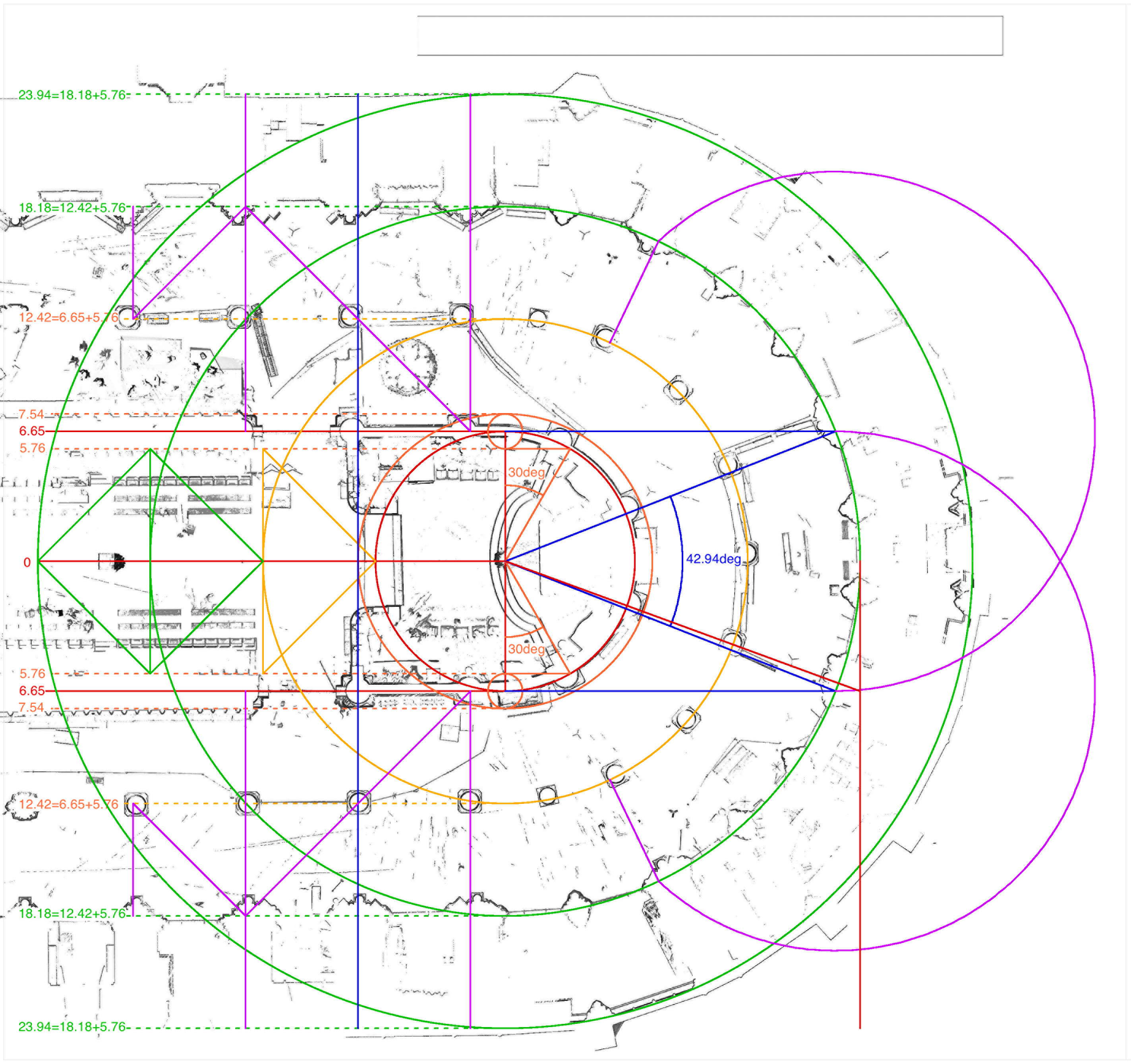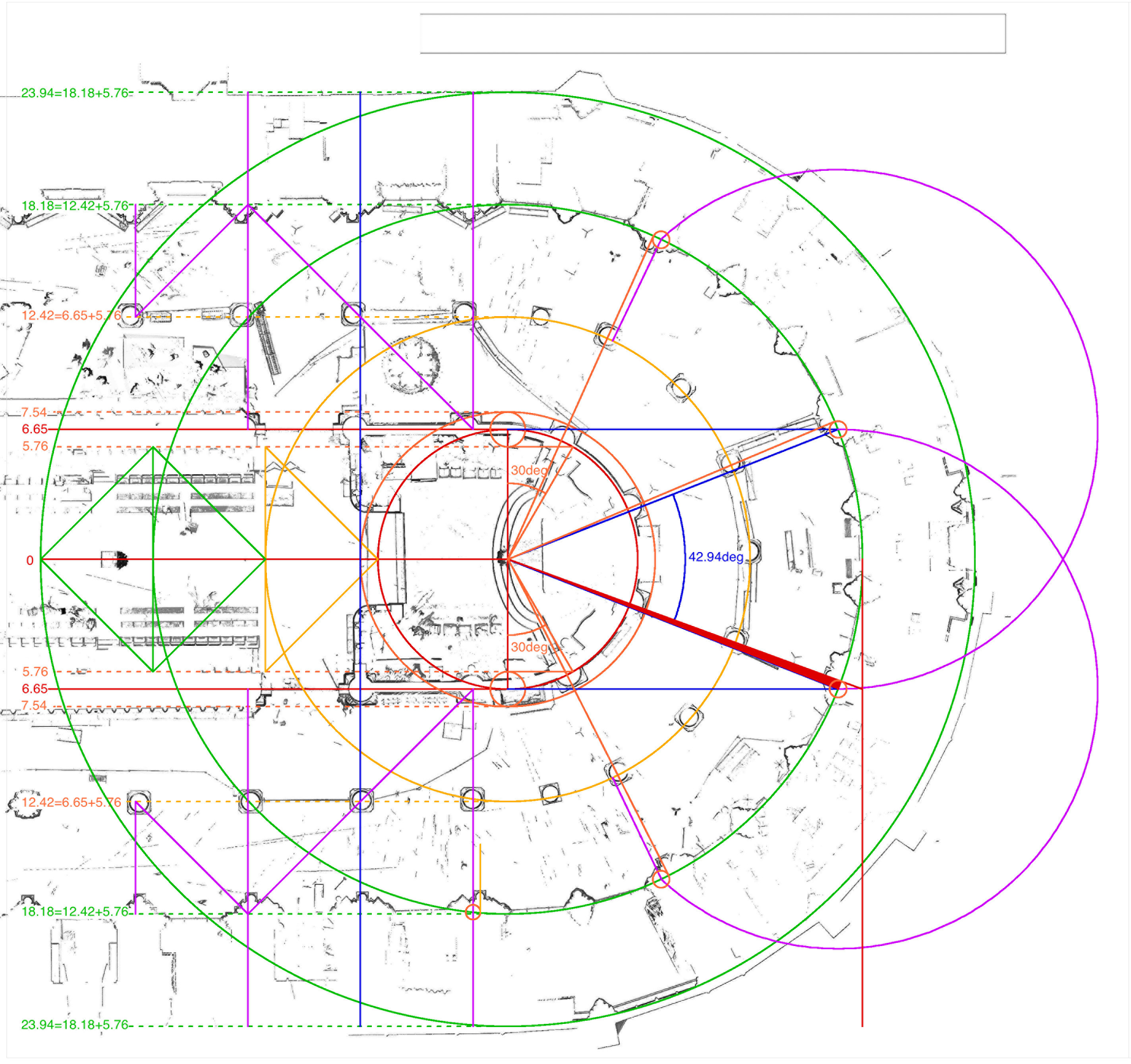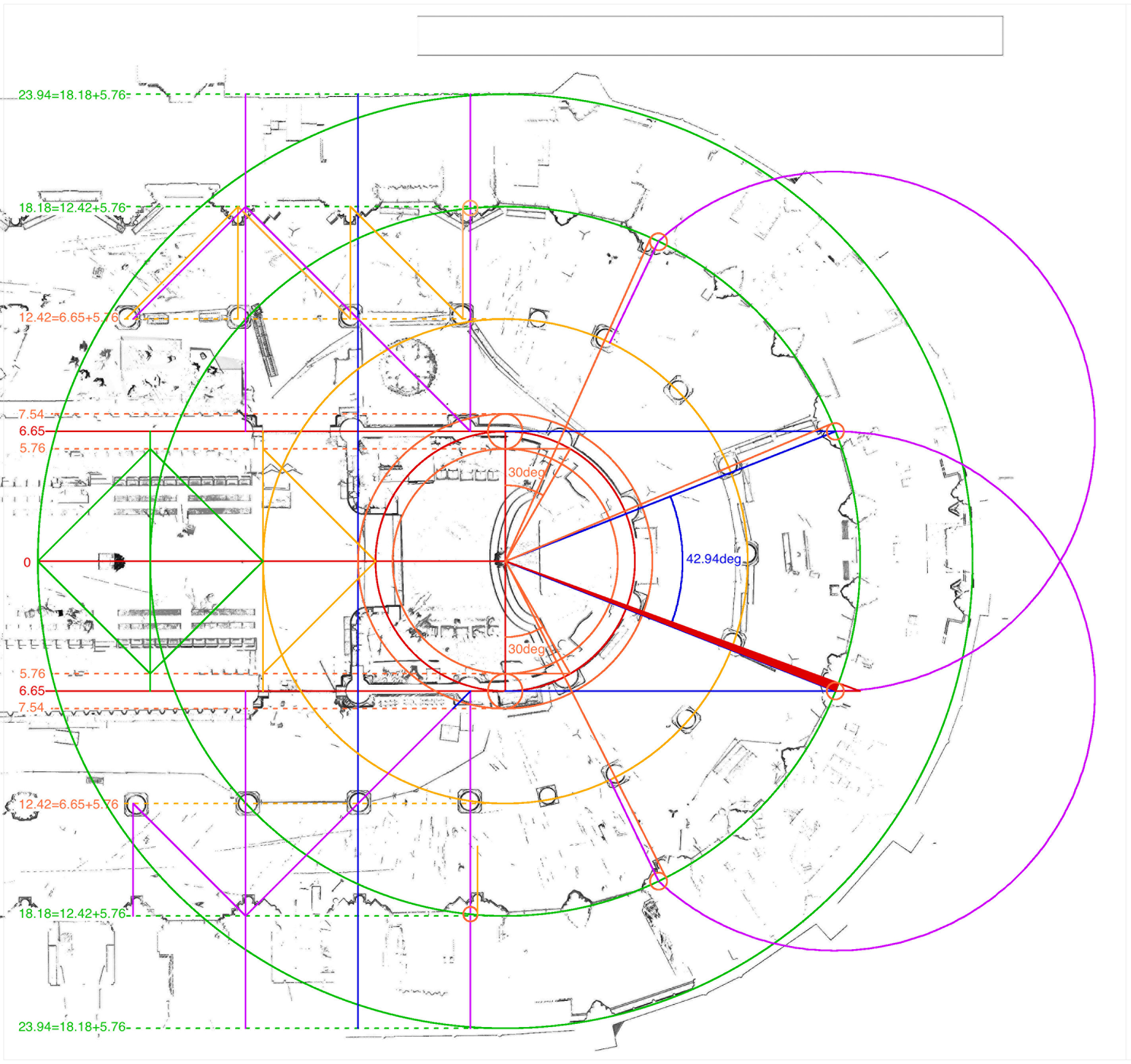Until recently, a variety of technical challenges have made it difficult to undertake really reliable geometrical analyses of medieval church design. Collecting precise measurements of the buildings in question has been labor intensive even in the best of circumstances, and errors can readily creep into the reconstruction of plans and elevations based on those measurements. Human error can also affect the way that trial lines are drawn on the resulting documents, and the limited precision of traditional drawing media has stymied attempts to test geometrical hypotheses with real rigor.
To get around these problems, I have spent the past decade using a Computer-Aided-Design (CAD) system to analyze original medieval architectural drawings. These documents can be measured far more readily than the buildings themselves, and their study can offer a remarkably intimate perspective on the working methods of the draftsmen who produced them, as I demonstrate at length in my 2011 book “The Geometry of Creation.” However, while hundreds of original medieval design drawings survive, almost all of them come from the German late Gothic world. Comparable drawings were almost certainly used already in the twelfth century, when the Gothic style first emerged in France, but none of these has been preserved. Geometrical analysis of early Gothic architecture must thus depend on careful measurement of the buildings themselves. The development of photogrammetric and laser-based survey techniques, fortunately, has begun to revolutionize the collection of such data.
The present short study of Notre-Dame in Paris shows how CAD can fruitfully be used to study the amazingly precise data gleaned from laser surveys of Gothic buildings. I am grateful to Professor Andrew Tallon of Vassar College, who has emerged as a leader in the field, for kindly allowing me to use his survey results as the basis for my investigation. His survey methods, and my techniques of CAD-based geometrical study, are sketched in our respective contributions to the issue of “Architectural Histories” that emerged from the 2011 Leiden conference on architectural proportion.
One of the great advantages of computer-based laser surveying technology is that it allows the construction of a genuinely three-dimensional model of the building in question, since the computer describes the building as a cloud of points with precisely measured locations in space. Gothic builders, however, conceived their buildings using simple two-dimensional drawings, usually starting by developing the ground plan. In analyzing the design of Notre-Dame, therefore, it is convenient to begin by studying only the subset of points measured near ground level.
